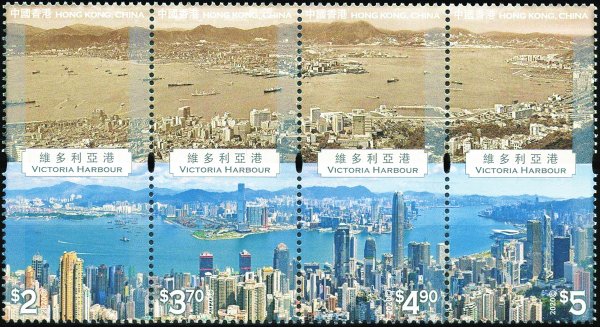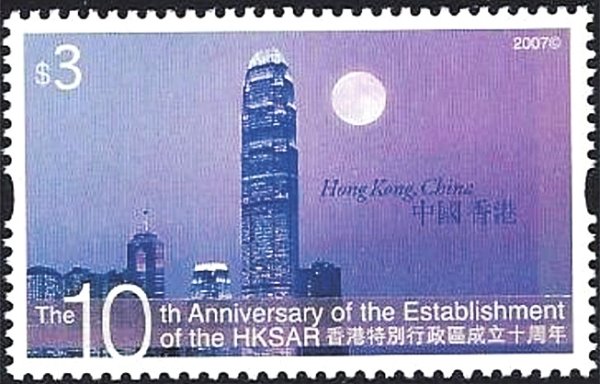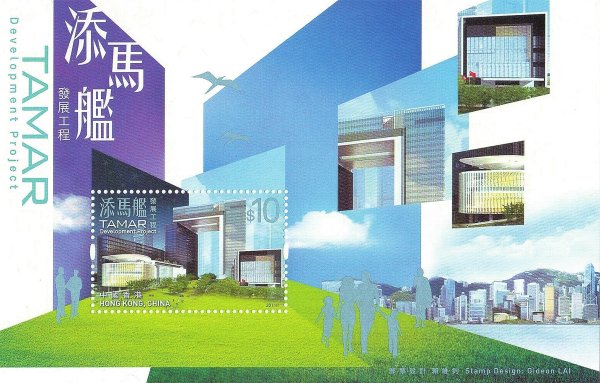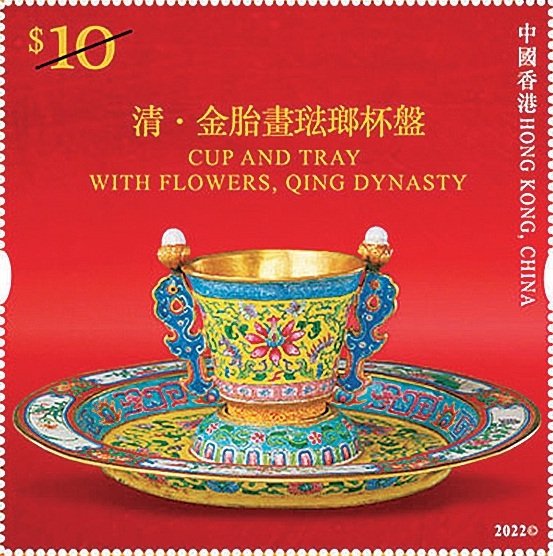Postal Business: 8610 11185
Postal Savings: 8610 95580
Logistics and EMS: 8610 11183
China Post Life: 8610 4008909999
The most intuitive impression that Hong Kong brings to people should be its urban landscape of high-rise buildings. Today, we’ll take a look at some stamps to find out the changes of Hong Kong after its return to the motherland.
Victoria Harbour (hereinafter referred to as the harbour) is located between Hong Kong Island and the Kowloon Peninsula. Walking along the harbour, you can enjoy different scenes at different times — in the daytime, when the sun rises from the sea level, and sunlight is refracted on the glass facades of skyscrapers, you will be unconsciously drawn into the vitality of the International Financial Centre; in the evening, when the dazzling neon lights light up the sky, the harbour presents its romance and tenderness against the starry sky.
Hong Kong is a place where space is at a premium. Early in the mid-20th century, land reclamation from the sea was carried out on a large scale in Hong Kong. Such efforts have been stepped up since Hong Kong’s return to the motherland. Today, looking at the harbour from Victoria Peak, you will find that great changes has taken place in the landscape after Hong Kong’s return to the motherland (Figure 1) . Driven by the land reclamation project, many well-known iconic landmarks were built on the shores of the harbour. Among them, the most eye-catching are the super high-rise buildings standing there.
Located on the side of Hong Kong Island, the 415.8-meter-tall Two International Finance Centre (Figure 2) was completed in 2003. It is not only one of Hong Kong's iconic landmarks, but also a symbol of its wealth. The 484-meter-high International Commerce Centre rose straight out of the ground in West Kowloon in May 2011, and becomes the highest building in Hong Kong. The two "giants" facing each other across the sea reflect the strong vitality of Hong Kong's economy.
On the north shore of Hong Kong Island that faces the harbour, there is a place called Tamar, which used to be a British naval base. After Hong Kong's return to the motherland, the government of the Hong Kong Special Administrative Region decided to establish a new "political landmark" in Tamar and relocated the Chief Executive's Office, the Government Headquarters, and the Legislative Council Complex to the area near the harbour. The "Tamar Development Project" was launched in February 2005, and completed at the end of 2011. The magnificent Central Government Complex and Legislative Council Complex built with a strong sense of the times are integrated naturally with the skyline. In front of the buildings are patches of green grass where pedestrians are strolling on and in the sky birds soaring, which assumes a new atmosphere (Figure 3).
July 1, 2022 marks the 25th anniversary of Hong Kong's return to the motherland. As a gift to this significant moment, Hong Kong Palace Museum (HKPM) opened to the public on July 2. It has become a new landmark in the West Kowloon Cultural District, adding a graceful literary ambience to the beautiful harbour area. Approved by the central government, 914 precious cultural relics from the Palace Museum in Beijing are exhibited at HKPM (Figure 4, one of the Hong Kong Palace Museum stamps issued on June 30).
In the 14th Five-Year Plan (2021-25), "supporting Hong Kong in building itself into a centre of cultural and art exchanges between China and other countries" was written into the national plan for the first time. With the completion of the new cultural landmarks like HKPM, the cultural lifeblood of Hong Kong and the mainland will be mutually integrated and promoted. In the future, Hong Kong will shoulder the important mission of spreading fine traditional Chinese culture.
 |
|
Figure 1 |
 |
|
Figure 2 |
 |
|
Figure 3 |
 |
|
Figure 4 |






